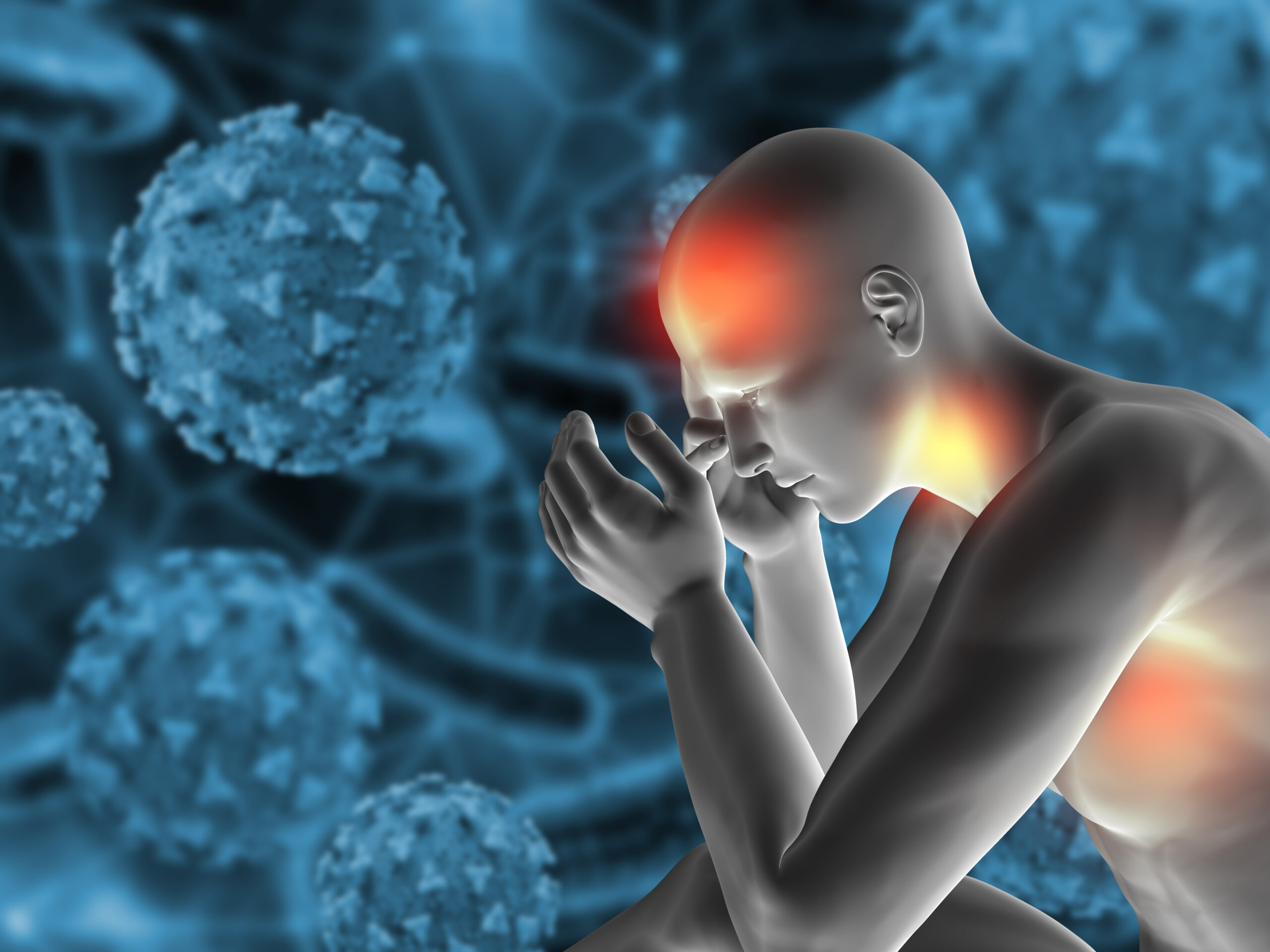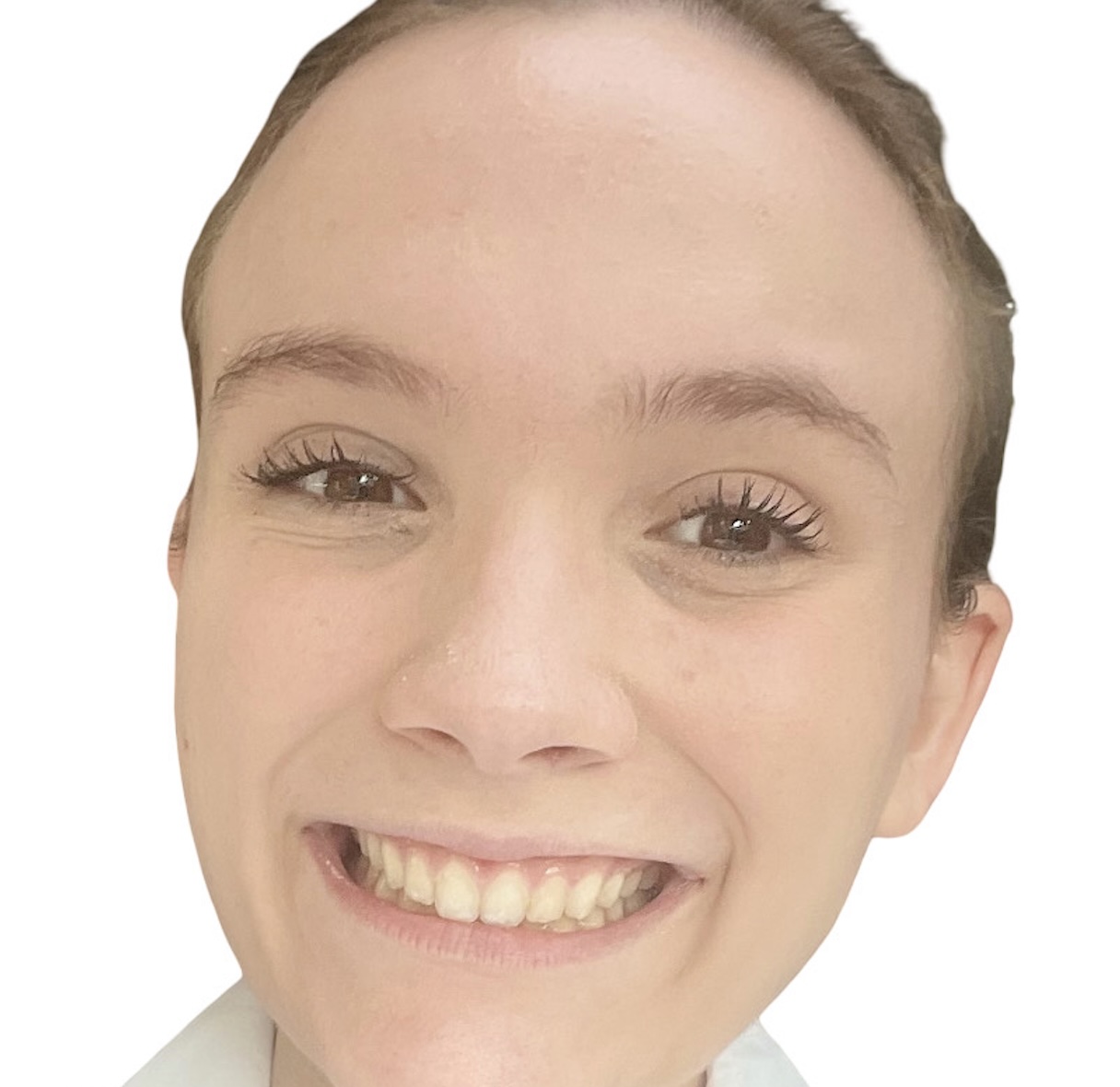Access to quality healthcare is a challenge worldwide, but for rare and complex conditions like Huntington’s disease (HD), the barriers can feel even higher. Families navigating this genetic disorder often face late diagnoses, limited treatment options, and unequal access to specialized care. In wealthier countries, emerging technologies such as genetic testing and digital health platforms are transforming the way HD is managed. But in lower-resource settings, these same innovations remain out of reach, deepening the gap between those who can access timely care and those who cannot.
What if technology could help close these gaps instead of widening them?
What Is Huntington’s Disease and Why Does Access Matter?
Huntington’s disease is a rare, inherited neurodegenerative disorder that gradually affects movement, cognition, and mental health. Symptoms often begin in mid-adulthood and progress over decades, eventually requiring full-time care. There is no cure, but treatments can help manage symptoms and improve quality of life. Because of its complexity, HD requires specialized care teams, neurologists, genetic counselors, mental health providers, and rehabilitation specialists. In places where such care is limited or nonexistent, patients and families are left without the support they desperately need.
Emerging Technologies Offering Hope
Advances in genetic testing, digital health, and artificial intelligence are offering new ways to detect and monitor HD. Predictive genetic testing can identify whether someone carries the mutation long before symptoms appear, giving families time to prepare and plan. AI-powered tools are being developed to track subtle motor and cognitive changes, enabling earlier interventions. Meanwhile, telemedicine is expanding access to HD specialists without requiring families to travel hours or even across borders for care.
But access to these tools depends heavily on geography, income, and infrastructure. Patients in high-income countries may benefit from cutting-edge research and clinical trials, whereas those in low-resource regions continue to struggle to secure even basic neurological care.
Inequality in Huntington’s Disease Care
For many families, especially in developing countries, the barriers are overwhelming. Lack of awareness leads to late or missed diagnoses. Even when a diagnosis is made, treatments may not be affordable or available. Support services like counseling, physical therapy, or palliative care are rare. As a result, Huntington’s disease can feel like a “double burden”, the disease itself, compounded by the absence of accessible care.
These disparities mirror broader patterns of global health inequality. Just as maternal health programs in rural areas have shown the power of simple tools like SMS messaging, there’s a pressing need for equally practical, inclusive solutions in the world of rare diseases.
Bridging the Gap: What Could Work
The same emerging technologies that risk widening inequalities could also be adapted to close them. Telehealth platforms, for example, could connect HD patients in underserved regions with global specialists. Low-cost genetic testing initiatives could expand early diagnosis. Community-based health programs could train general practitioners in rural areas to recognize and manage HD symptoms, reducing dependence on scarce neurologists.
What’s clear is that innovation must be paired with equity. Technology alone cannot fix inequality, but used thoughtfully, it can help make specialized care more inclusive.
Challenges and Looking Forward
Of course, challenges remain. Ensuring data privacy for sensitive genetic information, addressing stigma around neurological and mental health conditions, and investing in rural healthcare systems all require coordinated efforts. Yet the possibilities are real. Emerging technologies are reshaping what’s possible in Huntington’s care, and with global cooperation, they could help close, not widen, the care gap.
Conclusion
Huntington’s disease highlights the tension between medical innovation and inequality. While emerging technologies bring new hope for earlier detection and better management, they also risk leaving behind the patients who need them most. Bridging that divide will require not just scientific progress, but a commitment to equity.
If a simple text message can improve maternal health outcomes in rural communities, imagine what targeted, inclusive approaches could do for families living with Huntington’s disease.



No responses yet